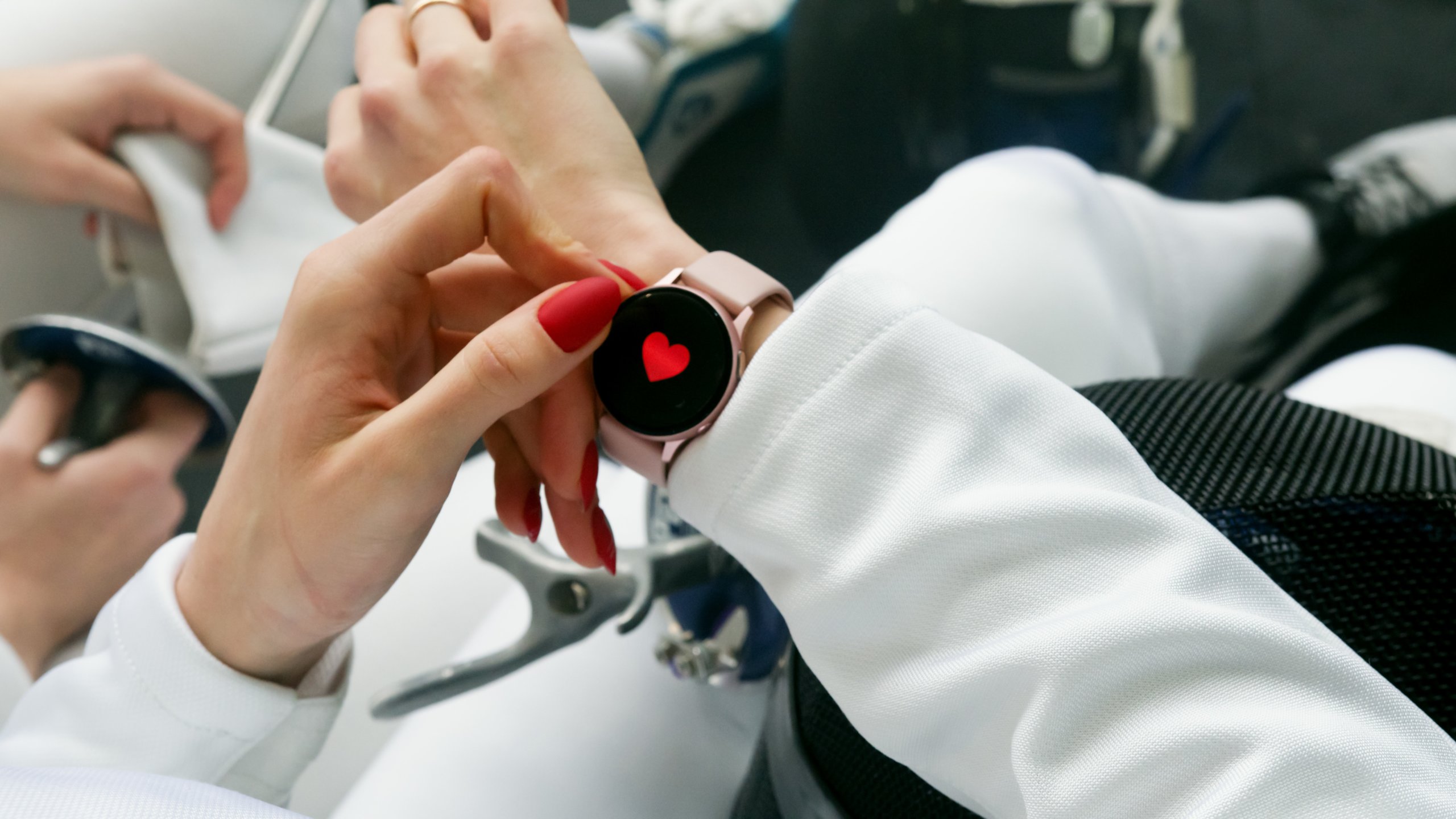
Apple is partnering with health insurance company Aetna on a new app called Attain which will leverage Apple Watch data to provide insight into users’ health. Alphabet’s life science subsidiary, Verily, is working on a health-tracking shoe that can measure movement, weight, and falls.
With this increasing momentum in utilizing data for clinical applications, wearable technology in healthcare seems poised to take off.
Overcoming Longstanding Obstacles
Take a look at any statistics regarding healthcare wearable technology, and you’ll find that the majority anticipate exponential growth.
Tractica projects annual global shipments of medical wearables will increase from 2.5 million units in 2016 to 97.6 million in 2021. IDTechEx estimates that the market for these devices would balloon in value from $20 billion in 2015 to $70 billion by 2025.
The song remains much the same on the development side of things. In a recent survey by Jabil, 45% of connected health solution providers saw the development of on-body devices in their near future. But in light of these statistics, why do so many proponents of medical wearables feel that progress has been stagnant?
Well, some of the other numbers from Jabil’s survey paint a different picture.

Where Are the Wearables?
51% of the Jabil survey responses said that doctors and patients are extremely difficult to convince to try new devices. 30% of respondents said that the healthcare industry has historically shown itself to be slow in adopting new tech. And 43% of respondents said wearables face difficulty in passing regulations.
If these responses show anything, it’s that patients, doctors, and healthcare experts must do more to open themselves up to adopting new technology. It would save thousands of lives, improve treatments and follow-up analysis, and it could potentially save millions of dollars.
Device designers and manufacturers could also stand to improve their product; trackers are notoriously inaccurate, which is a big no-no for insurance companies and doctors using the data to inform treatment plans. Discomfort is also a major reason wearables haven’t taken off yet. It’s also difficult to force users to use their wearables every day; about 30% of all fitness trackers stop getting used completely.

Is it possible to get wearables into the consumer market faster, despite the discomfort issues and abandonment rates?
A Step in the Right Direction
Venture capitalists see a lot of value in collaborations like the Apple and Aetna partnership and in the larger tech companies foraying into healthcare apps.
Cameron Sepah, who works at Trinity Ventures just outside of San Francisco, elaborates on the issues facing healthcare startups. He says, “As a healthcare provider, we talk a lot about the importance of preventative medicine, but the US healthcare system doesn’t have the right incentives in place to pay for it.”
Sepah elaborates, “Since large employers largely pay for health care (outside of Medicaid and Medicare), they usually aren’t incentivized to pay for prevention since employees don’t stay long enough for them to incur the long-term costs of health behaviors. So most startups in this space end up becoming an expendable wellness perk for companies. However, if an insurer like Aetna keeps its members long enough, there’s better alignment for disseminating this app.”
Sepah believes that there is even more room for tech companies to collaborate with health insurance companies to develop IoT applications, start large-scale data analyses, and eventually decrease healthcare costs for consumers.
“Most patients’ relationship with their insurer is just getting paper bills/notifications in the mail, with terrible customer satisfaction (NPS) across the board. But when there’s a way to build a closer relationship through a device that sits on your wrist, it opens possibilities to partner with other health tech startups,” he explains.
Prioritizing Preventative Care
Last September, John Hancock, an insurance company, started incentivizing using the Apple Watch with the John Hancock app. The program, named Vitality, gave rewards to patients if they changed their diet and exercise.
Rand Europe compiled a study of 400,000 patients in the U.S., U.K., and South Africa. They found that users who wear their Apple Watch in the Vitality program increased their physical activity by 34% compared to patients without the Apple Watch. That extra 34% comes out to about 5 extra days of monthly exercise.
Greg Yap, a partner at Menlo Ventures, says, “[It will] be interesting to see how the [Aetna]/Apple deal unfolds. Personalized health guidance based on a combination of individual medical records and real-time wearable data is a huge and worthy goal.”
Yap, however, did also mention, “I’m skeptical their first generation app will have enough data or training to deliver value to a broad population, but we’re likely to see some anecdotal benefits, and I find that worthwhile.”
Connecting Consumer Health to Tech
Verily is working on expanding tracking technology to many daily products, like shoes that monitor weight and movement. The company’s watch already has an FDA-approved electrocardiogram, and there are plans in the works to develop a diabetes device that tracks eye disease in patients.
Verily is just a small chunk of the $3 trillion healthcare industry market cap, but it’s rapidly growing and making a name for itself.
Dr. John Ioannidis, a professor of medicine and statistics at Stanford University, said he’s not sure if monitoring patients closely will be fruitful without knowing what data to look for and measure. “Information is good for you provided you know what it means. For much of that information, we have no clue what it means. We have absolutely no idea what to do with it other than creating more anxiety,” says Dr. Ioannidis.
What do you think? Are consumers ready for a rapid introduction to wearables tied to their health insurance? Is Dr. Ioannidis correct that we should be more mindful of the data we collect? Let us know your thoughts in the comments!





